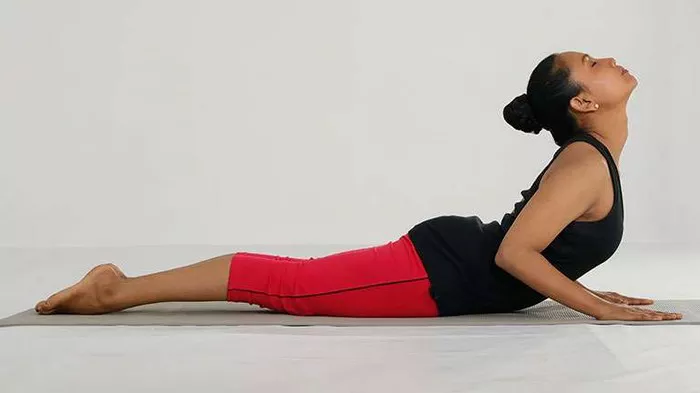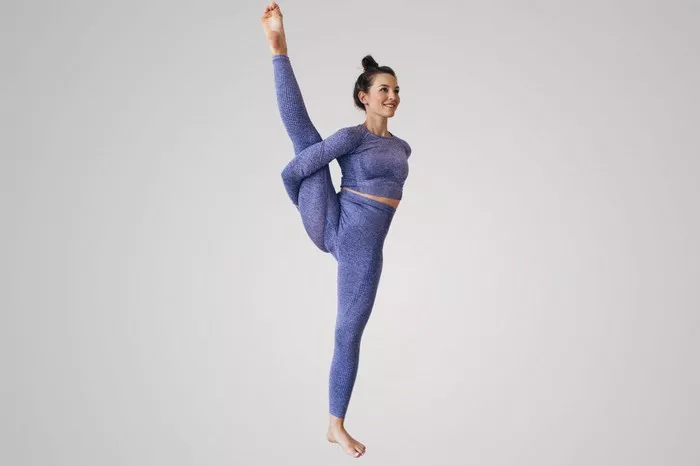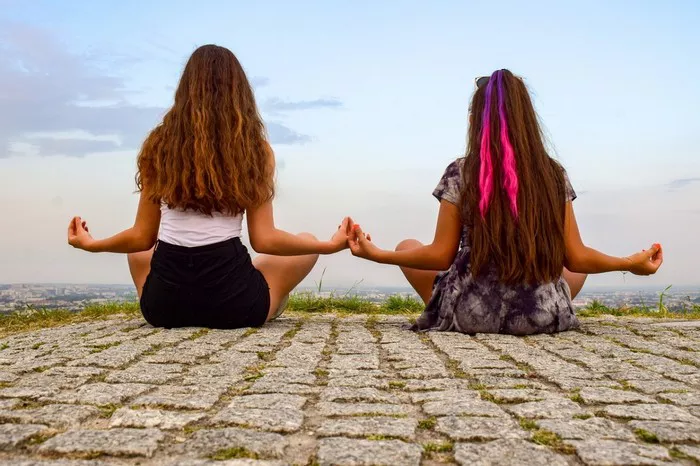Lower back pain is one of the most common ailments affecting people of all ages. Whether it’s due to sedentary lifestyles, poor posture, or the wear and tear of daily activities, many individuals find themselves seeking relief. Yoga, an ancient practice known for its holistic benefits, offers a variety of stretches specifically designed to alleviate lower back discomfort. This article explores the best lower back yoga stretches, delving into their benefits, techniques, and how to incorporate them into your routine for optimal health and well-being.
1. Understanding Lower Back Pain
1.1 Causes of Lower Back Pain
Lower back pain can stem from various sources, including:
Muscle Strain: Overexertion or improper lifting can lead to muscle strains.
Herniated Discs: Discs that have slipped or ruptured can compress spinal nerves.
Degenerative Disc Disease: Age-related changes can affect the discs’ structure and function.
Poor Posture: Sitting for prolonged periods can contribute to muscle imbalances and pain.
Injuries: Accidents or falls can cause acute lower back injuries.
1.2 The Role of Yoga in Pain Management
Yoga emphasizes flexibility, strength, and body awareness, making it an effective tool for managing lower back pain. Regular practice can improve posture, increase flexibility, and strengthen the core muscles that support the spine.
2. Preparing for Yoga Practice
2.1 Creating a Comfortable Space
Ensure you have a quiet, comfortable space for your practice. Use a yoga mat, blocks, and straps as needed. Make sure to wear comfortable clothing that allows for freedom of movement.
2.2 Warm-Up Routine
Before diving into stretches, it’s essential to warm up the body. Engage in gentle movements like cat-cow stretches or seated forward bends to prepare the lower back for deeper stretches.
2.3 Listening to Your Body
Yoga is about self-awareness. Always listen to your body and modify poses as necessary. If something doesn’t feel right, back off and try a different variation.
See also: The Importance of Doing Yoga: Unlocking Holistic Well-Being
3. Key Lower Back Yoga Stretches
3.1 Child’s Pose (Balasana)
Benefits: This gentle stretch helps elongate the spine and release tension in the lower back.
How to Perform:
Kneel on the mat, sit back on your heels, and extend your arms forward on the ground.
Allow your forehead to rest on the mat.
Breathe deeply, feeling the stretch in your back.
Tips: Keep your hips grounded and relax your shoulders away from your ears.
3.2 Cat-Cow Stretch (Marjaryasana-Bitilasana)
Benefits: This dynamic movement increases flexibility and strengthens the spine.
How to Perform:
Start on all fours with your wrists under your shoulders and knees under your hips.
Inhale, arch your back (cow), and look up.
Exhale, round your back (cat), tucking your chin to your chest.
Repeat for several cycles of breath.
Tips: Move fluidly between the poses, syncing your movements with your breath.
3.3 Seated Forward Bend (Paschimottanasana)
Benefits: This pose stretches the entire back and hamstrings, relieving tension in the lower back.
How to Perform:
Sit with your legs extended in front of you.
Inhale, lengthen your spine, and exhale as you hinge at the hips to reach toward your feet.
Hold the stretch, keeping your spine long.
Tips: Use a strap around your feet if you can’t reach them comfortably.
3.4 Supine Spinal Twist (Supta Matsyendrasana)
Benefits: This stretch helps improve spinal mobility and relieve lower back tension.
How to Perform:
Lie on your back and bring your knees to your chest.
Let your knees drop to one side while keeping your shoulders grounded.
Extend your arms out to the sides and gaze in the opposite direction.
Hold and breathe deeply before switching sides.
Tips: Use a bolster or pillow for added support under your knees if needed.
3.5 Bridge Pose (Setu Bandhasana)
Benefits: This pose strengthens the back muscles and opens the hips, alleviating lower back pain.
How to Perform:
Lie on your back with your knees bent and feet flat on the floor.
Press your feet into the mat as you lift your hips, keeping your shoulders on the ground.
Clasp your hands under your back for support.
Tips: Keep your knees hip-width apart and avoid letting them splay outward.
3.6 Pigeon Pose (Eka Pada Rajakapotasana)
Benefits: Pigeon Pose stretches the hips and lower back, improving overall flexibility.
How to Perform:
Begin in a tabletop position, bringing one knee forward to the wrist while extending the other leg back.
Square your hips to the mat and lean forward to deepen the stretch.
Breathe into the stretch, focusing on relaxing the lower back.
Tips: Use a block under your hip for support if your hips are uneven.
3.7 Legs-Up-the-Wall Pose (Viparita Karani)
Benefits: This restorative pose relieves tension in the lower back and promotes relaxation.
How to Perform:
Sit next to a wall and lie back, swinging your legs up against the wall.
Relax your arms at your sides and close your eyes.
Stay in this position for several minutes, breathing deeply.
Tips: Use a folded blanket under your hips for added comfort.
4. Building a Routine
4.1 Frequency of Practice
Incorporating these stretches into your routine 2-3 times a week can significantly improve flexibility and reduce lower back pain.
4.2 Combining Stretches
Create a sequence that flows smoothly from one pose to another. For example, start with Child’s Pose, transition to Cat-Cow, and then move into Seated Forward Bend.
4.3 Cool Down
Finish your practice with gentle stretches and a few minutes in Savasana (Corpse Pose) to allow your body to absorb the benefits.
5. Additional Tips for Lower Back Health
5.1 Ergonomics
Pay attention to your posture while sitting or standing. Use ergonomic chairs and maintain good alignment to reduce strain on your back.
5.2 Core Strengthening
Incorporate core-strengthening exercises to support your lower back. A strong core helps stabilize the spine and prevent injuries.
5.3 Staying Active
Engage in regular physical activity beyond yoga, such as walking, swimming, or cycling, to keep your back muscles strong and flexible.
5.4 Listening to Your Body
Always heed your body’s signals. If a pose feels painful or uncomfortable, modify it or skip it entirely.
6. Conclusion
Lower back pain can be debilitating, but incorporating yoga into your routine can provide significant relief. The stretches outlined in this article not only alleviate discomfort but also promote overall physical and mental well-being. By dedicating time to practice and understanding the importance of body awareness, you can enhance your lower back health and enjoy a more active lifestyle. Embrace the journey of yoga, and let it guide you toward greater flexibility, strength, and harmony.
This framework serves as a comprehensive guide for a detailed article on lower back yoga stretches. If you need more specific sections or additional information, feel free to ask!
Related topics:
Should You Do Yoga on an Empty Stomach?






















